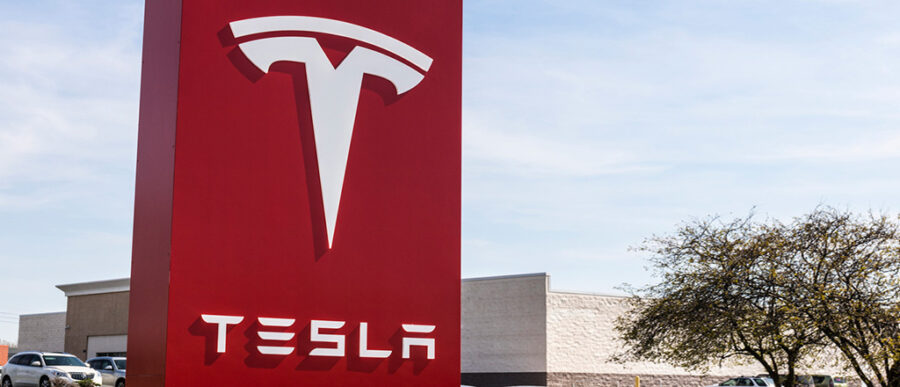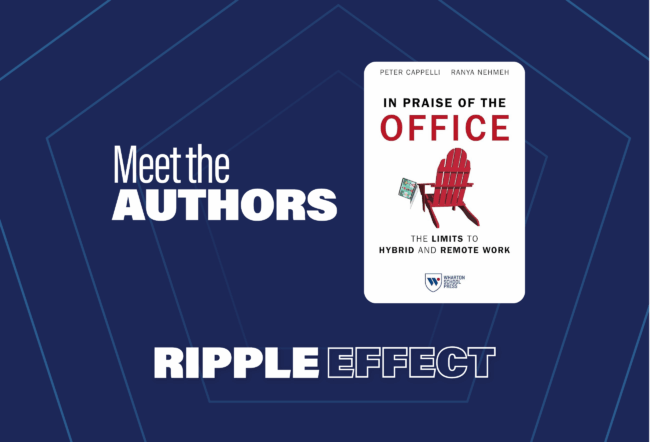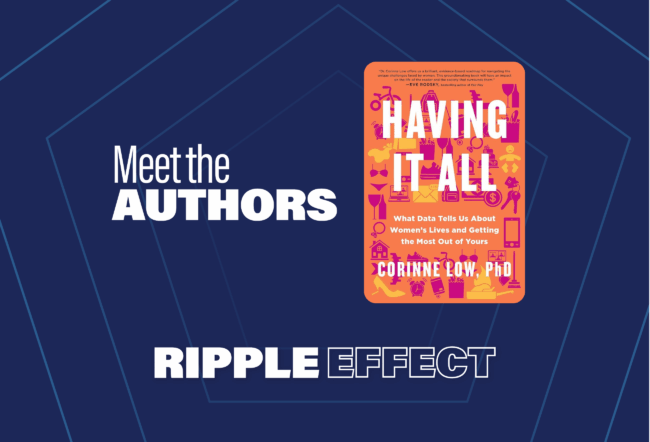Electric vehicle and storage battery maker Telsa and its cofounder and CEO, Elon Musk, have stunned the world with robust performance and a soaring stock price. But they now face the inevitable question: Can they maintain that momentum for the rest of this year and beyond?
If Tesla can scale its output to lower costs and fend off competition, the answer is yes, according to Wharton management professor Rahul Kapoor. But the company could hit speed bumps if established automakers grab market share by transitioning their existing customers to their versions of automated vehicles (AVs), or if AV technology becomes freely available, he said.
Musk has in the past year silenced critics and proven the durability of Tesla’s business model, and also of himself as its leader. Tesla’s stock has risen nearly tenfold over the past year to current levels of $2,000, making it the most valuable automobile company and Musk the fourth-richest man on the planet. Those gains have come on the back of four consecutive quarters of profits amid a pandemic; meeting delivery targets for cars; expanding manufacturing capacity globally; mastering storage battery technology to lower costs; and advancing the technologies for electric vehicles (EVs) and AVs, the next big promises for automakers.
Tesla’s rise can be viewed through both its stock price and “strategically, the growth trajectory it is on,” said Kapoor, whose current research focuses on crowdsourced forecasting tournaments for the auto industry at Wharton’s Program on Vehicle and Mobility Innovation. He shared his insights on the Wharton Business Daily show that airs on SiriusXM. (Listen to the podcast above.)
One lens is the stock price, which “clearly has an element of exuberance,” Kapoor noted. The other lens is “the strategic side, [where] Tesla has just executed on a promise, despite all odds, remarkably well,” Kapoor said. “[With] the roadmap that Tesla and Elon Musk presented over the years, they have executed in terms of increasing the capacity, launching the new models and pushing the technology frontier, both on the battery-cost side and on the self-driving technology side.”
“While the last 10 years were very much around, ‘Can Tesla pull it off?’ the next 10 years would be about, ‘Can these established automakers pull it off?’” –Rahul Kapoor
Tesla has managed to check “all the boxes that analysts or investors or people like me who are observing Tesla have put in front of ourselves,” Kapoor said. “That is a great fairytale as far as Tesla and Elon Musk are concerned.”
“While the last 10 years were very much around, ‘Can Tesla pull it off?’ the next 10 years would be about, ‘Can these established automakers pull it off?’” since the future electrification of cars “is a foregone conclusion,” he said. Over the next 10 to 15 years, the “vast majority” of the cars will be electric, and many of them will be fully autonomous, he added. “The future is perhaps less about what new things Tesla would be able to do, [but] really about what these big automakers, whether they’re in Detroit or in Europe or in Japan or Asia, could do to push their own efforts around electrification and self-driving.”
Advantage Tesla
Tesla has the momentum to continue growing. In a recent opinion piece for CNN Business, Kapoor noted that within a year, Tesla has expanded its global footprint by establishing a new manufacturing base with its Gigafactory in Shanghai, and is in the midst of adding another in Germany and in the U.S. Alongside, it commenced deliveries of its Model Y mid-size SUV; unveiled a new electric pickup Cybertruck “that pulled science fiction into reality”; and has pushed forward with its plans for manufacturing the electric semi-truck.
According to Kapoor, “Tesla needs to play the game of scale,” now that it has earned its technology leadership spurs, especially in battery technology. Scaling up will make it “harder and harder for other players to catch up,” he noted. Chipmaker Intel did the same in the 1970s and 1980s, when it started with a manufacturing base out of California and scaled up with factories and plants across the globe.
“From a supply chain perspective, it makes a lot of sense,” he said. “It helps to lower the cost, and it helps to get market share. And it makes it much harder for established firms to catch up.”
‘Apprehensive’ Competition
Established automakers could transform their companies and compete with Tesla, but they have been slow to make that call. “The established automakers have come across as being apprehensive, taking a bit of a backseat,” said Kapoor. He had seen that approach when he recently visited showrooms to buy a car. While many established carmakers have EVs, “I felt that it’s not something that they are leaning towards when trying to make a sale,” he recalled. “It’s an option that you can get as a customer, but they’ll still be perfectly happy if you come back buying an internal combustion car, as opposed to a battery-powered car.”
With that “somewhat apprehensive” approach, Kapoor noted, established automakers “have been taking on more of piecemeal strategies: ‘Let’s try this. Let’s try this. But let’s, as much as possible, preserve our core capabilities and core customer base.’ That thinking has to change. They have to be much more aggressive on helping their existing customers who love their brand to transition into these new technologies and new business models.”
“The bigger piece of this puzzle is what the established firms that have been disrupted can do.” –Rahul Kapoor
The Waymo Wild Card
The wild card in that setting could be Waymo, a subsidiary of Google’s parent Alphabet that is seen as a leader in AV technology, said Kapoor. “Waymo could do what Google did to the smartphone industry, with the launch of the Android and eventually giving an operating system to smartphone manufacturers for free.” The free Android operating system enabled smartphone makers like Samsung and Motorola, and helped to build a huge network of users, he pointed out.
“I expect the same card is still relevant here, where Waymo has been a leader in terms of software and fintech technologies and the self-driving domain,” said Kapoor. “If it can create an autonomous [vehicle] operating system, and it starts giving it to these established automakers, Tesla has a real competition on their hands.”
Tesla may have its own swing card in the persona of Musk, who has a large following on social media. But it could cut both ways, with Musk attracting censure and fines for some of his tweets. “As we have seen in the last year, this could be an asset, but sometimes it could be a significant liability as well,” said Kapoor. “At the end of the day, I think Musk is going to be evaluated through how well Tesla is doing. So far, there is not much of a question mark around that. He gets an A+ from a performance perspective.”
The disruption underway in the auto industry reminded Kapoor of similar episodes that have played out in other industries. “This would be along the lines of what Microsoft has so successfully done with the transition to cloud or what Nestle did with the transition to premium coffee,” he wrote in the CNN op-ed. “Or will [established firms] continue to hold back and pursue piecemeal strategies that are more reminiscent of what Kodak did with digital photography or Nokia with smartphones?”
In fact, established players may have a stronger hand than one might imagine in such disruptions, Kapoor suggested. “Much of the disruption phenomenon has been centered on what these startups can do,” Kapoor said. “But the bigger piece of this puzzle is what the established firms that have been disrupted can do.”



